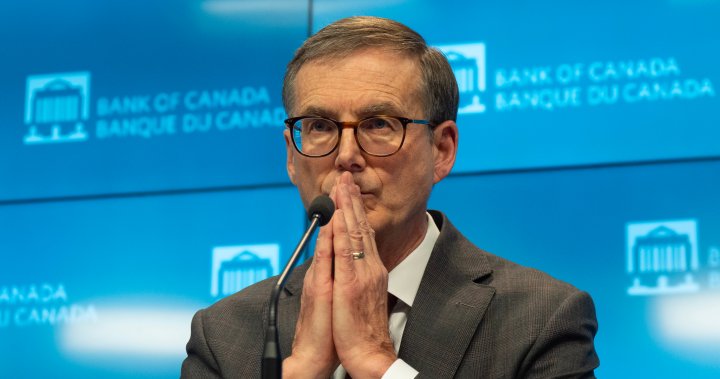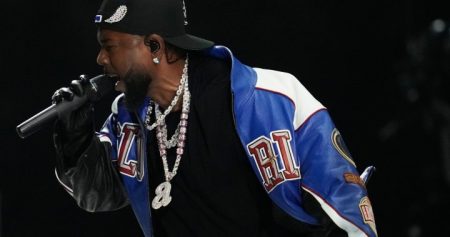The Bank of Canada faces a complex decision regarding its interest rate policy for the first quarter of 2025, grappling with conflicting economic forces. Underlying inflation pressures suggest maintaining higher borrowing costs, while the looming threat of U.S. tariffs necessitates stimulating economic growth. The possibility of a 25% tariff on Canadian goods, threatened by then-President Trump, presents a severe risk to the Canadian economy, potentially triggering a recession. This external threat normally calls for interest rate cuts to bolster economic activity. However, the Canadian dollar’s already precarious position complicates this approach. Cutting rates aggressively could further weaken the loonie, exacerbating inflation by increasing the cost of imports from the U.S. This delicate balance leaves the Bank of Canada in a precarious position, needing to stimulate growth while managing inflationary pressures and currency volatility.
Despite the challenges, economists predict a further, albeit smaller, interest rate cut in the upcoming decision. The Bank of Canada’s benchmark interest rate, which influences borrowing costs nationwide, has already been reduced by 1.75 percentage points through five consecutive cuts. The rate now sits at 3.25%, considered the “neutral range,” neither stimulating nor hindering economic growth. Market expectations anticipate a quarter-point reduction, following signals from Bank of Canada Governor Tiff Macklem regarding a more “gradual pace” of easing in 2025. This measured approach reflects the bank’s previous rapid rate cuts in 2024, which appear to have spurred economic growth towards the end of the year.
The picture is further complicated by the dynamics of inflation. Although headline inflation cooled to 1.8% in December, partly due to a temporary sales tax relief measure, core inflation measures persist above 3%. This resilience in core inflation presents a counterargument to further rate cuts. Simultaneously, the threat of U.S. tariffs adds another layer of complexity. Even without implementation, the uncertainty surrounding these tariffs can dampen business investment in Canada, negatively impacting economic growth. This is corroborated by a recent Bank of Canada business survey indicating that a significant portion of firms anticipate negative consequences stemming from then-President Trump’s policies.
The central bank must also consider the impact on the Canadian dollar. Further rate cuts could weaken the loonie further, making imports more expensive and fueling inflation. This risk is amplified by the expectation that the U.S. Federal Reserve will likely pause its own rate cuts, creating a divergence in monetary policy between the two countries. Balancing these competing pressures requires a nuanced approach, potentially prioritizing economic growth in the face of external threats while acknowledging the risks associated with a weakening currency and persistent underlying inflation.
Economists suggest that the Bank of Canada may prioritize the potential economic fallout from tariffs, even if it means accepting a weaker loonie and higher inflation. The consensus view is that the central bank will likely implement a smaller rate cut, acknowledging the downside risks but ultimately prioritizing support for the economy in the face of potential trade disruptions. This approach recognizes the significant negative impact that tariffs, or even the threat of tariffs, could have on Canadian businesses and the broader economy. The decision represents a judgment call, balancing immediate economic concerns against the potential for longer-term inflationary pressures and currency instability.
Looking ahead, the path of interest rate policy for the remainder of 2025 remains uncertain. Economists predict further rate cuts, potentially bringing the policy rate down to 2.5%. However, the actual trajectory will be heavily influenced by the evolving trade situation with the U.S. and the actions of the Federal Reserve. If tariffs are implemented, more aggressive rate cuts are likely. Conversely, if the U.S. economy remains strong and the Fed cuts rates less than anticipated, the Bank of Canada may be more cautious in its approach. The upcoming monetary policy report, coinciding with the interest rate decision, will provide crucial insights into the central bank’s assessment of the economic outlook and the factors influencing its policy decisions.










